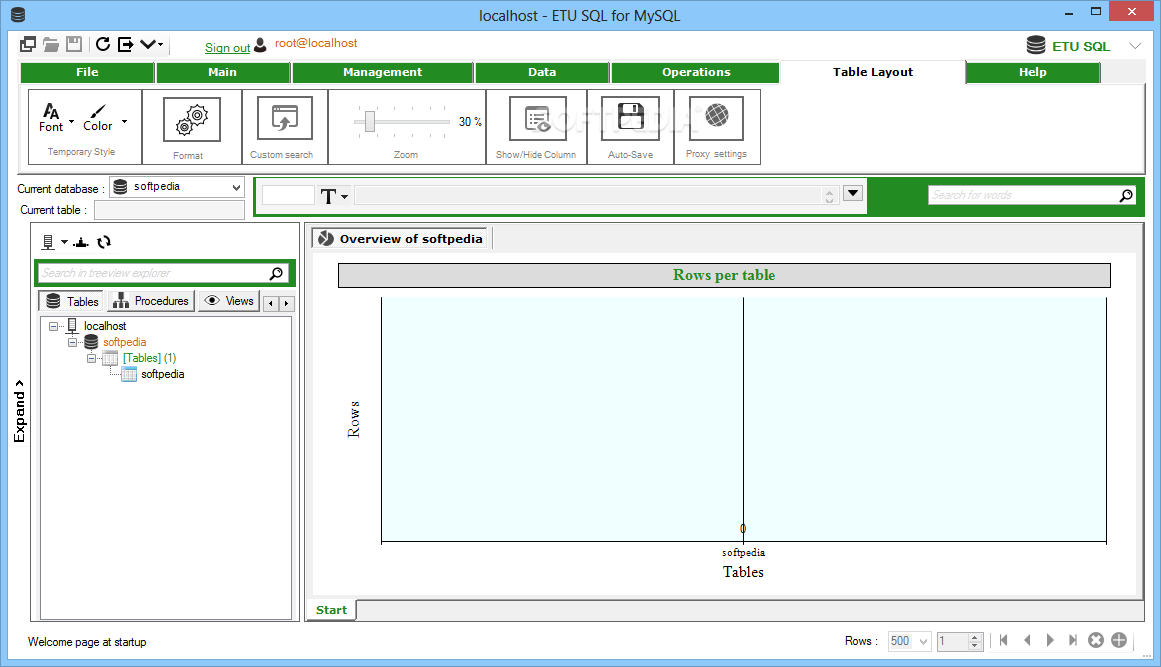


The multicast used by LLMNR is not supported by all systems. It provides name resolution for addresses on the same local network without the need for a DNS server. LLMNR is based on the Domain Name System (DNS) protocol. The problem may be due changes in the was the system handles Link Local Multicast Name Resolution (LLMNR) protocol. Although the communication works eventually, you may experience slow response times. Click on Next and follow the rest of the instructions to copy the desired data.Ĭommunication with a server on a local network can be substantially slower than expected when newer Windows computers (Windows Vista and later) attempt to access older Windows computers.In this field put the name of the DSN created in Step 1. Under NamedConnection String there is a field for "dsn".Enter further connection information on the resulting dialog screens.On most systems it's probably the top one in the list, however, you need to scroll up to see it as the list usually displays in the middle. Select ".Net Framework Data Provider for ODBC". You will not see the 32-bit DSN in the drop down menu.Using the SQL Server Import and Export Wizard, you will get a pop-up screen that is asking for a Data Source.First configure your 32-bit driver as described in this article:.Create a DSN using the 32-bit version of the AdministratorĬonnect Microsoft 64-bit SQL Server 2005 to FairCom DB SQL.Execute: %WINDIR%\syswow64\odbcad32.exe.To configure a 32-bit driver on these systems, use the following steps: With 64-bit versions of Windows, the previous 32-bit ODBC Driver Manager is now located in a different location, and is not used by default.
#32 BIT ODBC MANAGER DRIVERS#
Configuring 32-bit ODBC Drivers on 64-bit Windows Versions


 0 kommentar(er)
0 kommentar(er)
